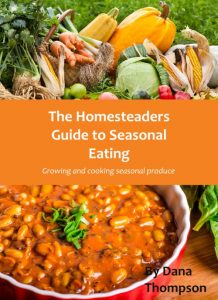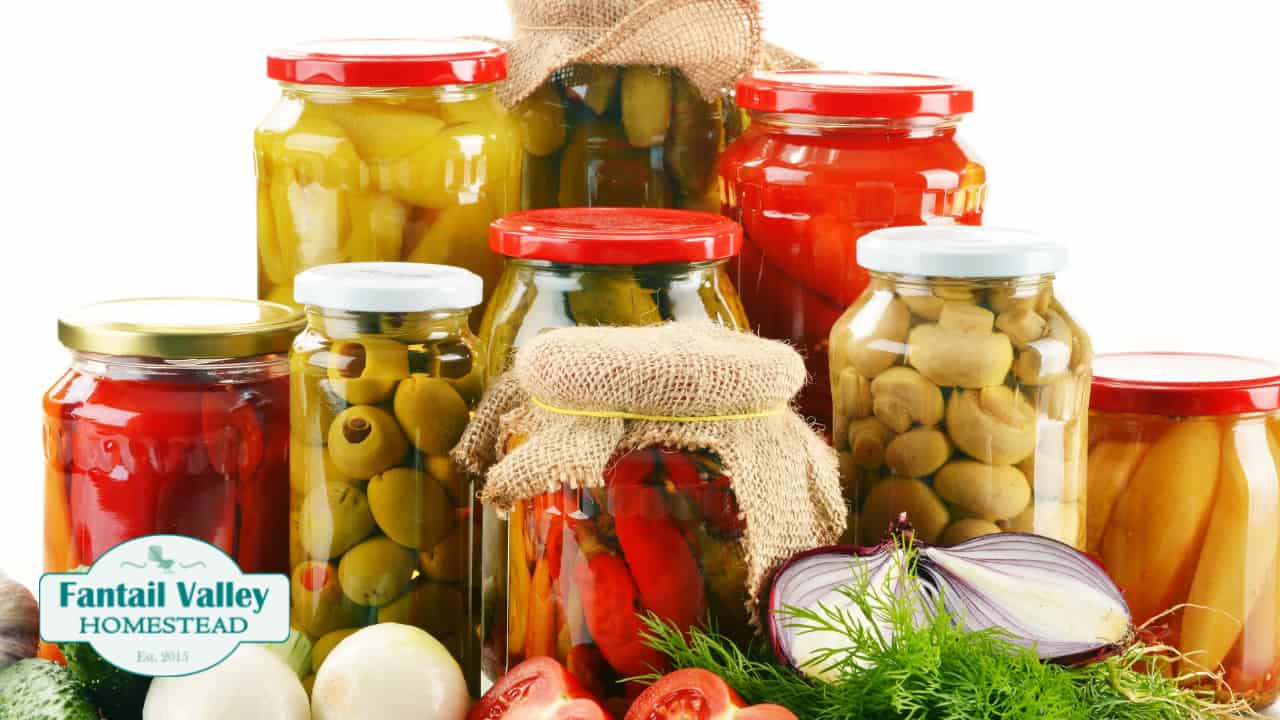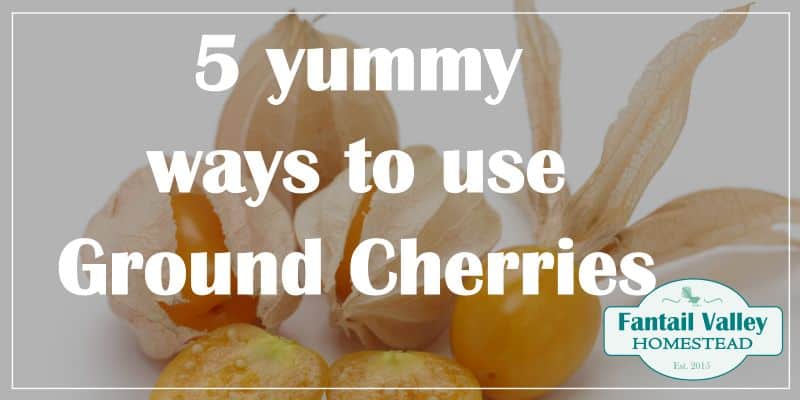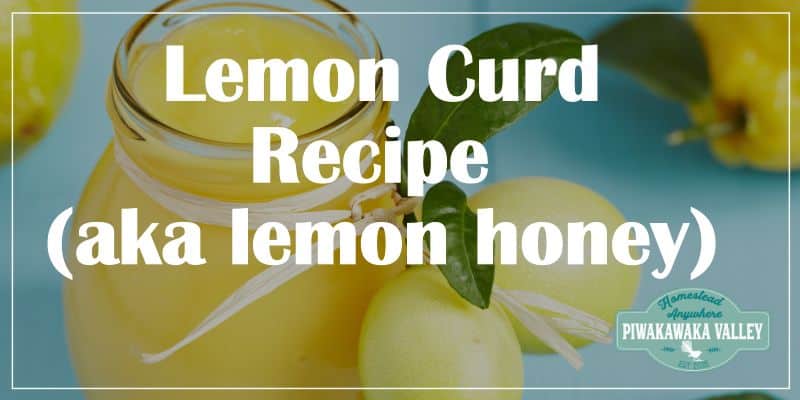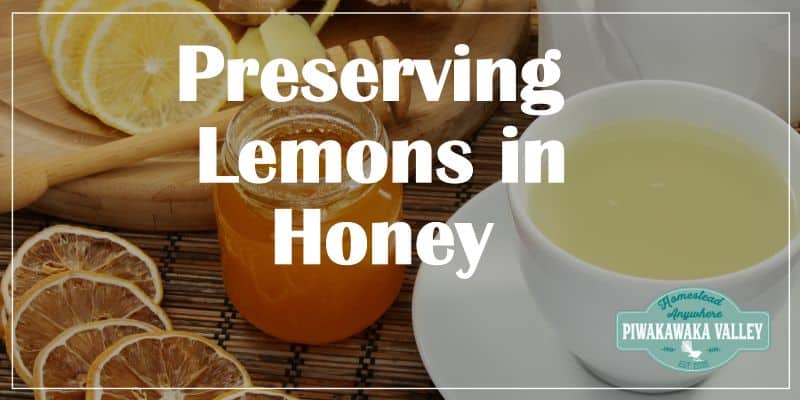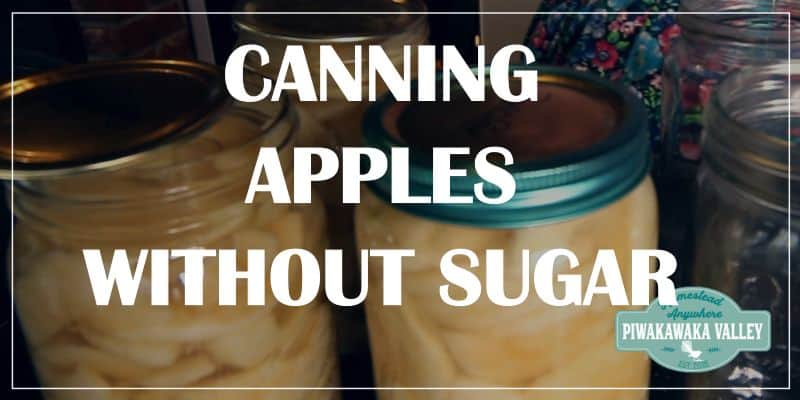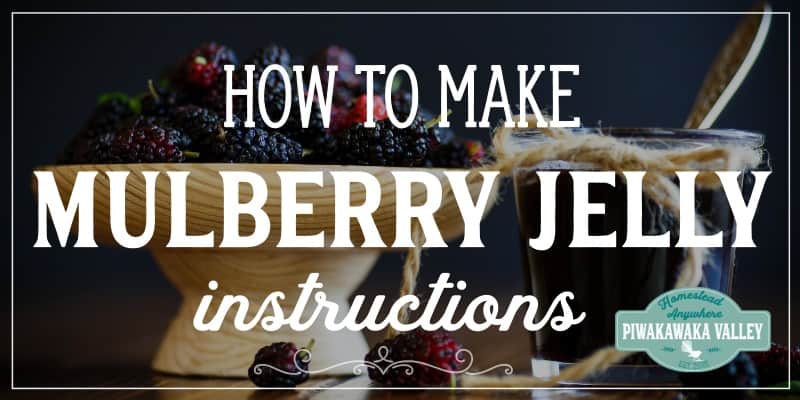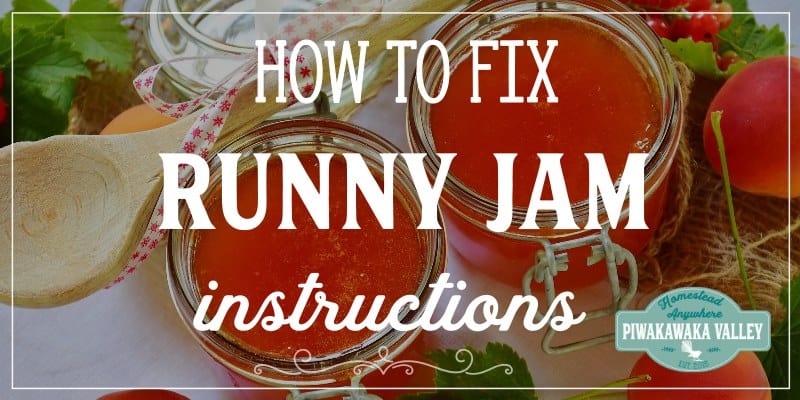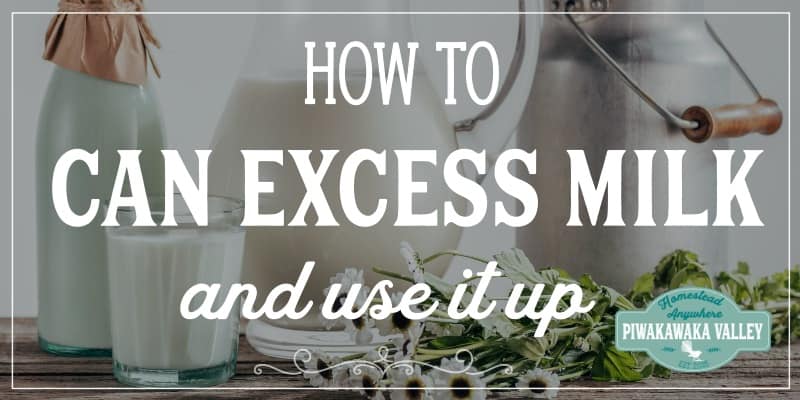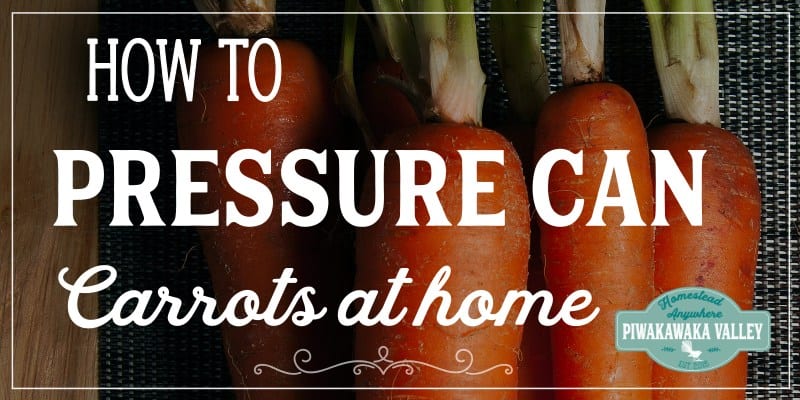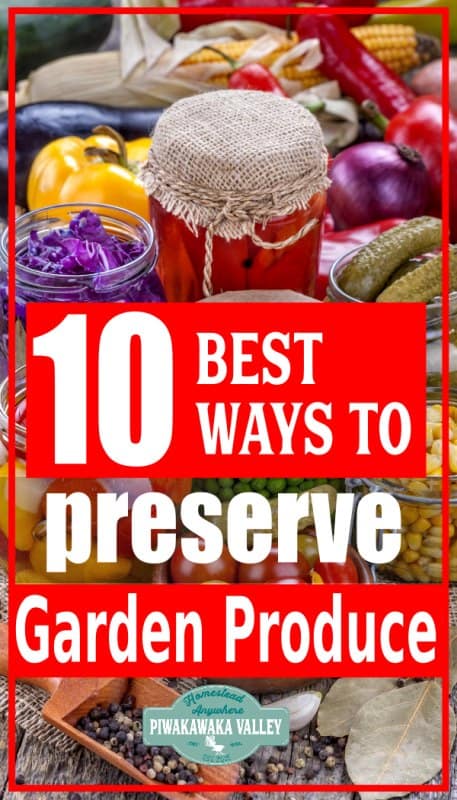This post was most recently updated on June 15th, 2021
In a world where almost all food is processed, pumped with antibiotics and preservatives, and filled with sugar, it can be hard to eat healthily and organically. Preserving vegetables from your own garden is a great way to get around this.
Please read: This information is provided for educational purposes only and is not intended to treat, diagnose or prevent any disease. We encourage you to make your own health care decisions in partnership with a qualified health care professional.
This post contains affiliate links, this means at no extra cost to you, we make a commission from sales. Please read our Disclosure Statement
Todays blog post is brought to you by Jennifer Bell, a freelance writer.
For some people that are not aware of how to read nutrition labels, and what to look for as they go to the food store, they are unknowingly putting these harmful substances into their bodies. In fact, it’s a very unfortunate reality that most people don’t know how to eat healthily, or that they choose not to because of convenience.
With basic research and effort, anyone can make the switch to eating better. With that being said, this post will detail a fantastic way to begin eating healthier; by growing your own food and learning how about preserving vegetables from your own garden.
Preserving Vegetables from your own Garden
Here are the 10 best ways to preserve your vegetables from your garden.
Not only will growing and harvesting your own food help you eat healthier and improve the quality of your life, but it is also extremely sustainable and could even save you money.
An expert from a solar company pointed out that harvesting your own crops is a great way to utilize sustainable resources and will help your overall lifestyle as your sustainable food will be free of pesticides, fertilizers, and any other harsh chemicals that most store-bought foods have.
If you are thinking about growing and harvesting your own food, it will be worth your while to know how to preserve it so that you get optimal use out of it. Here are some things you should know about.
1. Store fresh
There are some vegetables that you can simply store fresh. Potatoes, carrots, sweet potato, parsnip, swede/rutabaga, and winter squash can all be stored in cool dark places for many weeks.
Root crops are traditionally stored in damp wood shavings or sand. Read more about how to store carrots without a refrigerator here.
2. Freeze Your Foods
This is a seemingly obvious way to preserve your foods, however, it’s important that you do it just right. Before freezing, it’s recommended that you blanch fruits and vegetables for about 2-5 minutes in boiling water. After that, you must put them in ice cold water in order to preserve the flavor and stop them overcooking.
Finally, once they are cool and dry, you will be able to put them in vacuum-sealed freezer bags in your freezer.
Additionally, if you have a large garden and are planning to preserve vast amounts of vegetation, consider investing in a deep freeze chest freezer. These freezers will keep your harvest frozen for months and will allow you to keep adding to your collection of home grown foods.
3. Use a Dehydrator
Dehydrators are definitely an investment worth making if you are thinking about growing and preserving your own food. Dehydrators do exactly what they sound like they would, they dehydrate your food so that you can preserve it for months at a time.
Not sure how to choose a dehydrator? Check out our homestead dehydrator buying guide.
Dehydrated fruits and vegetables will taste just as great as fresh fruits and vegetables, however, they will not be as plump and filled with water as when you first pick them.
If you don’t want to invest in a dehydrator, you can dehydrate your produce in the sun or even in your oven; both are effective and simple ways to preserve your food.
RELATED: How to dehydrate vegetables
RELATED: How to make onion powder at home
4. Lacto Fermentation
Lacto fermentation is a great way to preserve your fruits and vegetables; it’s also fairly simple too. To practice Lacto fermentation, you will fill a glass container-ideally a mason jar- with fresh veggies and then the rest of the container with 1 quart of water and 3 tablespoons of sea salt. Close the jars, and let them sit for about a week.
You can use an airlock lid to help prevent the growth of mold and a glass weight will keep the foods submerged below the brine.
Lacto fermentation will not keep food as fresh as freezing or dehydrating it, however, it will prolong the life of your vegetables.
Check out our fermentation ebook for recipes
RELATED POST: How to make sauerkraut
5. Water bath canning
There are two main ways that you can keep your fresh foods: water-bath canning and pressure canning.
Canning your harvest is just as important when it comes to preserving your natural and organic foods. Canning is just as simple as other preservation methods and will allow you to keep your fresh foods longer, reaping the benefits of your hard work for months. Here are some canning techniques to consider.
Water-bath canning is used for things like jams and fruits and is also referred to as the “boiling water method” of canning.
Water-bath canning gets rid of any active bacteria and microorganisms that may be in your food; allowing it to be safe to eat in the future, but it relies on sugar or vinegar in the foods to help preserve them.
To do this, you need a very large pot with dimensions that can hold up to 7-quart jars with a rack on the bottom. You will put your food in these jars, and then submerge them into boiling water for 15-20 minutes.
6. Pressure Canning
Pressure canning, on the other hand, is used for the same purpose- to cook, sterilize, and preserve low acid foods like vegetables.
Pressure canning allows nutrients and flavor to be retained and higher temperatures to be achieved with the steam in order to eliminate potential bacterial dangers on fruits and vegetables. Pressure canning is done with a pressure canner, it’s important to point out that it is not done with a small pressure cooker that is used to prepare foods.
Before you invest in a pressure canner, make sure that it is one that is designed to preserve foods, rather than prepare them.
If you live in Australia or New Zealand you might find it cheaper to get your pressure canner from here.
RELATED: How to pressure can vegetables
7. Preserve in Alcohol
Alcohol is a phenomenal way to preserve fresh fruits. To do this, you simply fill a jar with your fresh fruits, and then heat about 3 cups of alcohol not quite to the boil and place your fruit in.
Rum is the most common choice of alcohol used to preserve fruits, but brandy and vodka also work well. Your fruit can sit in the alcohol for a few weeks, or you can enjoy it after a few days.
8. Oil packing
Some vegetables store really well in oil – olives, dried tomatoes, charred peppers, chillies and garlic all come immediately to mind.
The oil keeps the air out which stops the growth of bacteria. Use clean and dry vegetables and submerge them totally in oil then screw on a tight lid.
9. Pickling
Pickling fruits and vegetables creates an inhospitable environment for bacteria. Potentially dangerous pathogens simply can’t survive the acidity of vinegar, which means food can be kept safe and edible for years.
Pickling is one of the simpler methods of food preservation, but it drastically changes the flavor of most fruits and vegetables.
The process involves creating a pickling solution of white vinegar, salt and sugar, which is brought to a boil in a pan. The fruits and vegetables are placed in an airtight jar, and the solution is poured on top until all of the food is submerged. The jar is then sealed and stored for several days – as many as seven, for particularly chunky summer vegetables such as zucchini.
You can combine pickling with canning for an even longer storage time.
10. Salting
To salt your vegetables at home, place them in a large baking pan and submerge them in water. Add salt to the water until you notice it beginning to deposit on your vegetables – this is an indication that the saturation point has been reached.
At this point, you should refrigerate the vegetables in the water for a week or so. Complete the process by draining the brine away and covering your vegetables with more salt, and store in a cool dry place until dried.
This results in (not surprisingly) quite salty foods. You can preserve lemons with salt by following these directions.
Try These Easy Vegetable Preservation Methods Today
Preserving your food can be easy, and even fun. Consider trying one of these preservation methods today. Not only will you keep your food fresh for longer, but you will also be making an effort to live a healthy and sustainable lifestyle; eliminating harsh chemicals from your life.

Jennifer Bell is a freelance writer, blogger, dog-enthusiast and avid beachgoer operating out of Southern New Jersey
We have put together a fantastic resource on growing your own food year round – The Homesteaders Guide to Seasonal Eating shows you STEP BY STEP how to start and grow a garden at your place.
Every season there are planting guides, gardening lessons, garden tasks and chores, recipes and ways to preserve your harvest. 266 pages of self sufficiency right there!

